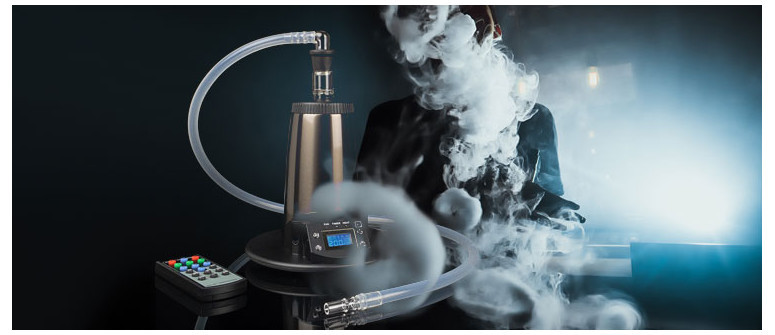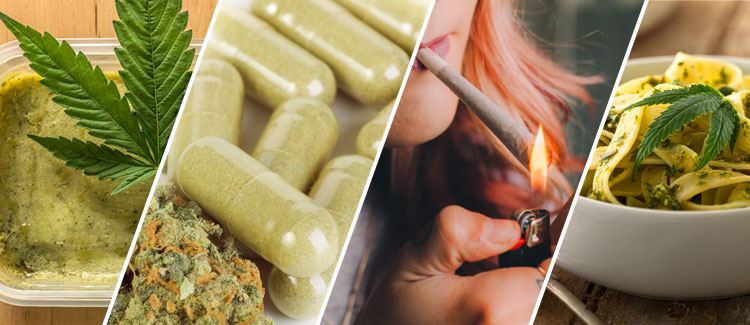What to do with already vaporized weed

More and more people are enjoying the health benefits of vaping cannabis, however, many users do not know the variety of different and fun ways they can enjoy their already vaped bud.
A lot more people are taking the healthy road by vaping their favorite bud. Already-vaped-bud (AVB), sometimes referred to as already-been-vaped, is what we call the marijuana that remains after a vape session. Most people take the leftover golden to dark brown cannabis and toss it, not knowing there's still life left inside the plant matter.
In most cases, depending on the quality of the vaporizer and the temperature you use to vape, there are still cannabinoids present after a vape session. We will try to enlighten you on a few useful ways to get the most out of your already vaped stash.
ALREADY VAPED BUD
In order to get high from eating marijuana, it’s actually necessary to cook it a bit anyway. By exposing the cannabis to moderate levels of heat, the psychoactive properties of the bud are released. This is known as the process of decarboxylation, which turns the non-psychoactive acidic precursor THCA into the high-inducing THC.
Cannabis can be decarboxylated in a number of ways, one of which is vaporizing. Unlike smoking cannabis, a process that involves combustion, high-quality vaporizers don’t actually burn the weed; rather, they heat the plant matter to the desired temperature for cannabinoids and terpenes to be released.
In this light, already vaped bud is not like regular bud. Since it’s already gone through decarboxylation, it can be readily infused into any number of different cannabis preparations. Out of the gate, the already vaped bud might smell a little stale and weird—sort of like burnt toast. But don’t let this put you off, it tastes great when added to smoothies or a peanut butter sandwich.

CANNABUTTER
If eating sandwiches is not on your menu, you can make already vaped bud into a tasty cannabis butter. This involves first breaking apart your weed to a small size, but not quite a powder. Then, place your already vaped bud and your butter in a metal bowl over a simmering pot of water. Make sure to stir often, and add water to the bowl if needed. Do this for a few hours.
Once the mixture is ready, remove from the heat and strain through a fine mesh sieve. Allow it to cool in the fridge for several more hours. Once the mixture has separated in the fridge, be sure to isolate the cannabinoid-rich butter from the water.
For those averse or unable to consume dairy, you can make this same recipe using coconut oil. Simply follow the same instructions as those listed above. Also, try adding soy lecithin to help hold your mixture together more effectively.
CAPSULES
Capsules are one of the most well-known and popular ways of ingesting already vaped bud cannabis in the form of an oil. The best thing about this method is obvious; capsules can be taken in a controlled dose, and there's no off-putting taste or smell.
SMOKING
Smoking your already vaped bud is of course possible. However, it would be suggested as more of a last resort since not only will you suffer from the bad taste and smell, but the high will be weak at best.
EDIBLES
It’s always important to mention that consuming edibles is very different from smoking cannabis. Smoking produces a nearly instant effect, whereas ingesting edibles is a slow response that can sometimes cause the user to overeat, resulting in a negative experience when the combined effects finally catch up. Remember, you can’t un-eat the cannabis. So be careful, and know your dosage.
CONCLUSION
Already vaped buds are great by-products of vaping that can be used in multiple ways. They can be smoked, swallowed in capsules, and transformed into useful butter or oil that can be enjoyed safely in the form of tasty edibles.




